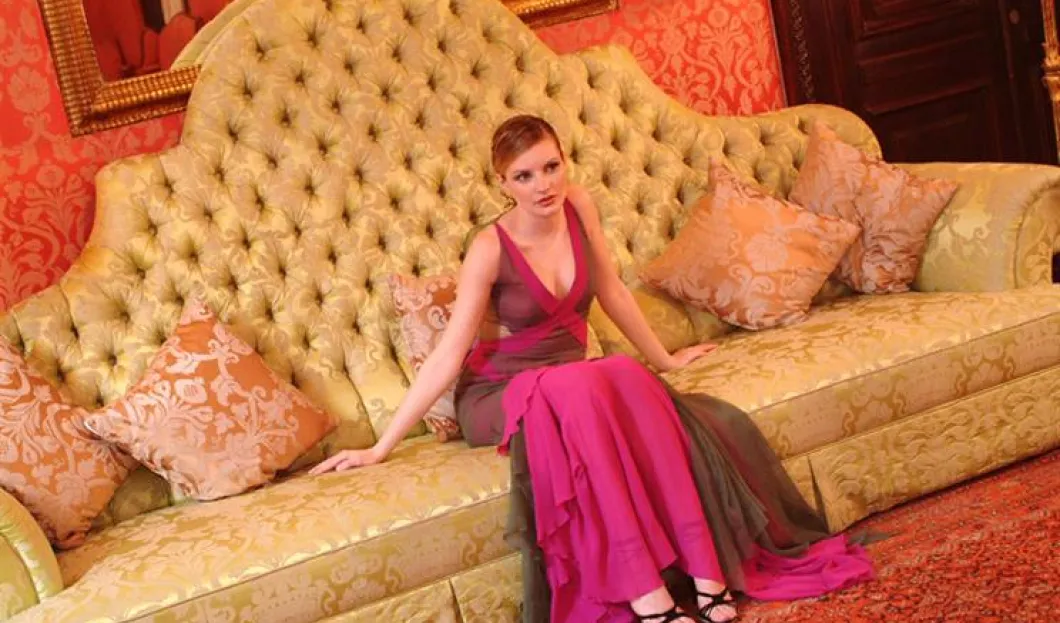
The luxury goods market is expected to decline by 1% this year, according to Bain & Company. Geopolitical crises, terrorist threats, turmoil caused by Brexit, slowdown of emerging economies and of China in particular – 2016 is a terrible year for the luxury goods industry.
The global market for luxury goods is expected to decline for the first time – by 1%, according to the annual study of Bain & Company, conducted for Altagamma, the Italian federation of luxury companies.
The industries for leather goods, fashion, watches, jeweler, and cosmetics should see their turnover reduced to 249 billion euros in 2016, compared to the 251 billion in 2015. Last year, the market had already slowed down, with growth limited to 1.5%, the lowest level since the crisis of 2008.
The study highlights that for the first time in history, Chinese consumers have seen their contribution to the global luxury goods market lower, their weight being reduced from 31% in 2015 to 30% in 2016. In China, while the local consumption of top of the line products progresses, it “will not suffice to counterbalance the decrease of purchases of Chinese tourists abroad, particularly in Europe,” said the authors of the study. In Hong Kong and Macao, the industry continues to decline, with an expected decline of 16% (at current exchange rates).
The luxury hotel industry is also the victim of the fear of terror in many cities. For instance the five star hotels in Vienna suffered a decrease of 8.6 percent in occupancy from June to August, although the Austrian capital was not the target of any attack. According to a survey by STR Global, an international market research company, the revenue per available room (RevPAR) declined by as much as 19 percent over the same period. The drop in the number of Russian tourists has a considerable impact on the top-class hospitality sector in Europe.
However, Europe, despite the decline in the number of tourists (-22% for the Chinese, -19% for the Russians), notably in France with the fear of attacks, limited the damage. Thanks to the rebound of consumption by local consumers, the decline was contained (-1% in current euros). The depreciation of the British pound has boosted sales of large stores in the United Kingdom. In the United States, activity has in turn plummeted (-3%) due to the force of the dollar, which has discouraged tourists from making purchases.
“We are facing historic changes,” said Andrea Illy, the president of the Altagamma foundation, advocating “a change and an adaptation of the business model.” Among these changes is the profile of clients, of which half is of the Millennial generation, with different values and consumption patterns. But there is also the model of single-brand stores in crisis with a 23% drop in sales, as well as the challenge of new technologies. E-commerce, which has grown by 26% in the last three years, is the third largest market in the world after the United States and Japan, which, already in decline, could soon be surpassed.
Despite still-uncertain geopolitical outlooks, the forecast for 2017 is better, according to Altagamma, which brings together industry analysts. The luxury goods market could reach 285 billion euros in 2020, according to Bain, which would be “an annual growth of 3 to 4%, starting in 2017.”
It is noteworthy, however, that in the broadest sense, taking into account automobiles, yachts, and high end tourist stays... the global luxury goods market in 2016 is expected to grow by 4%, reaching 1.081 billion euros.









